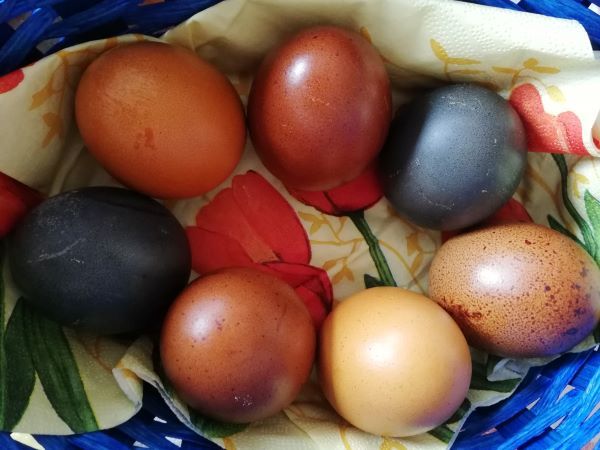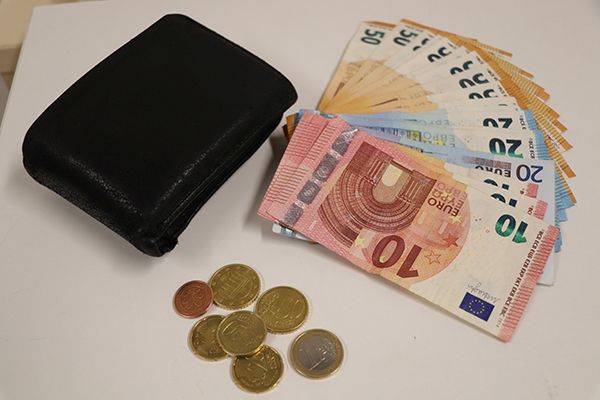Why are Easter eggs colorful? Children would be told: so that they can more easily find the eggs that the Easter Bunny hides for them in the green grass. But that’s just one story surrounding the brightly painted chicken eggs. Easter eggs, which are colorfully dyed in the week before the Christian Easter, have a long tradition in Christianity. Eggs have been considered a symbol of fertility there for many centuries. But how it came to egg coloring and thus to today’s “Easter eggs” is not clearly documented. There are several explanations. One of them, according to Wikipedia, says that the coloring of chicken eggs goes back to the monks of the Middle Ages. Because they were not allowed to eat eggs during Lent, but the chickens continued to lay eggs, the eggs were preserved by cooking: so that one knew how old the eggs were, they were given different colors. According to another thesis, Christians colored blessed eggs at Easter to distinguish them from the unblessed ones. The coloring of eggs is known in many countries—from Armenia to Russia, the Mediterranean region and Central Europe. In Greece, for example, eggs are dyed on Maundy Thursday—and only with red dye. The color represents the blood of Jesus and stands for the belief in the resurrection.
In many families on Easter Sunday, colorful eggs and small gifts are hidden for the children. They are told that the Easter Bunny did that for them. However, the dyeing of Easter eggs is no longer so firmly tied to the Christian faith. Eggs are also dyed by people who do not believe in God.
tun22041202
www.tuenews.de
Ostereier. Foto: tünews INTERNATIONAL.




